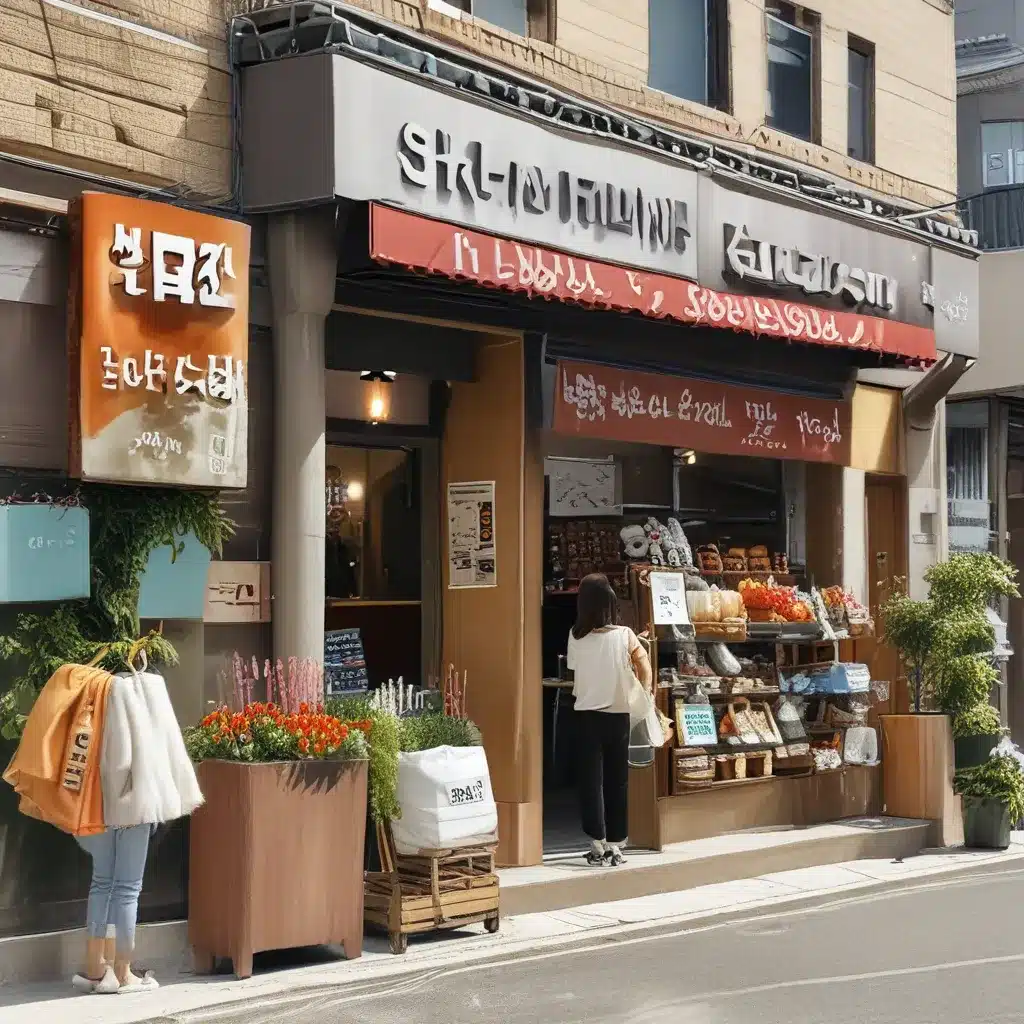
Blending In With The Locals In Seoul’s Vibrant Hanok Village
As I stepped out of Hotel Stay Inn Seoul, the chime of traditional wind chimes greeted me, transporting me to a bygone era. The winding, cobblestone streets of Bukchon Hanok Village surrounded me, lined with beautifully preserved traditional Korean houses known as hanoks. I couldn’t help but feel like I had been transported back in time, far away from the bright lights and bustling streets of Seoul’s modern city center.
This charming neighborhood, nestled just a stone’s throw from my hotel, was the perfect place to dive into the local culture and experience Seoul like a true insider. With its hidden tea houses, artisanal craft shops, and serene temples, Bukchon Hanok Village promised to be a treasure trove of discoveries for the discerning traveler.
Uncovering Seoul’s Cultural Gems
As I wandered the narrow alleyways, I couldn’t help but be mesmerized by the intricate architectural details of the hanok buildings. Their sloping roofs, delicate latticed windows, and tranquil courtyards exuded a sense of timeless elegance that instantly captivated me. I couldn’t wait to uncover the stories and traditions that lay hidden within these historic walls.
My first stop was Ssamziegil, a modern take on the traditional Korean craft village. This three-story cultural complex housed a myriad of small, independent shops selling everything from handcrafted ceramics and intricate paper art to artisanal tea blends and traditional Korean inspired fashion. I could have spent hours browsing the unique wares, each item a testament to the incredible skill and creativity of the local artisans.
As I delved deeper into the village, I stumbled upon Gahoe Museum, a hidden gem tucked away on a quiet side street. This unassuming hanok building opened its doors to reveal a stunning collection of Korean arts and crafts, from delicate hanji (traditional Korean paper) pieces to exquisite celadon ceramics. The museum curator, a passionate local, guided me through the exhibits, sharing the fascinating history and significance of each item with infectious enthusiasm.
Embracing Seoul’s Culinary Delights
With my cultural exploration whetting my appetite, I decided to seek out the best local eateries in the area. As I strolled through the winding streets, the tantalizing aromas of Korean cuisine wafted through the air, beckoning me to explore further.
I couldn’t resist the allure of Sanchon, a traditional Korean temple-style restaurant nestled in the heart of Bukchon Hanok Village. Stepping inside, I was greeted by the serene atmosphere and the sound of a traditional Korean string instrument playing softly in the background. The menu featured an array of beautifully presented vegetarian dishes, each one a work of art. From the delicate japchae (sweet potato noodles with vegetables) to the fragrant bibimbap (mixed rice with vegetables and meat), every bite was a revelation, transporting me directly to the heart of Korean culinary culture.
As I savored the flavors, I couldn’t help but wonder how I had never experienced the depth and complexity of Korean cuisine before. It was a humbling and eye-opening experience, reminding me of the richness and diversity of the local food scene that often gets overshadowed by the more well-known international offerings.
Discovering Hidden Gems and Unique Boutiques
After my delightful culinary adventure, I decided to further immerse myself in the local shopping scene. Wandering through the narrow alleyways, I stumbled upon a hidden gem – Seoulum, a charming boutique specializing in handcrafted Korean accessories and lifestyle products.
The owner, a warm and welcoming local, greeted me with a smile and eagerly shared the stories behind her carefully curated selection. From delicate hanji notebooks to beautifully designed ceramic mugs, each item reflected the owner’s passion for preserving and celebrating traditional Korean craftsmanship. As I browsed the shop, I couldn’t help but feel a sense of connection to the local community and its rich cultural heritage.
Inspired by my discovery, I continued to explore the nooks and crannies of Bukchon Hanok Village, uncovering one unique boutique after another. At Atelier Mulga, I marveled at the intricate needlework and embroidery that adorned the exquisite hanbok (traditional Korean garments) on display. Meanwhile, Yido Pottery Studio captivated me with its stunning collection of handmade ceramic pieces, each one imbued with the distinct touch of the artisan’s skilled hands.
Embracing the Slow Life in Seoul’s Hanok Village
As the day drew to a close, I found myself drawn to the serene Jogyesa Temple, one of the most important Buddhist temples in Seoul. The sound of the temple bell echoed through the air, and the flickering candles cast a warm glow over the intricate carvings and paintings adorning the temple walls.
I took a moment to sit in quiet contemplation, letting the peaceful atmosphere wash over me. It was a stark contrast to the bustling energy of the city, a moment of respite that allowed me to truly appreciate the richness of the local culture.
As I made my way back to Hotel Stay Inn Seoul, I couldn’t help but feel a deep sense of gratitude for the opportunity to step off the beaten path and immerse myself in the vibrant, local community of Bukchon Hanok Village. This hidden gem, tucked away from the tourist crowds, had offered me a glimpse into the authentic soul of Seoul, one that I would cherish long after my visit.
Hotel Stay Inn Seoul had provided the perfect home base for my cultural exploration, allowing me to easily access this enchanting neighborhood and discover the true essence of the city. As I reflected on my day, I knew that this was just the beginning of my journey to blend in with the locals and uncover the hidden gems that make Seoul such a remarkable destination.

